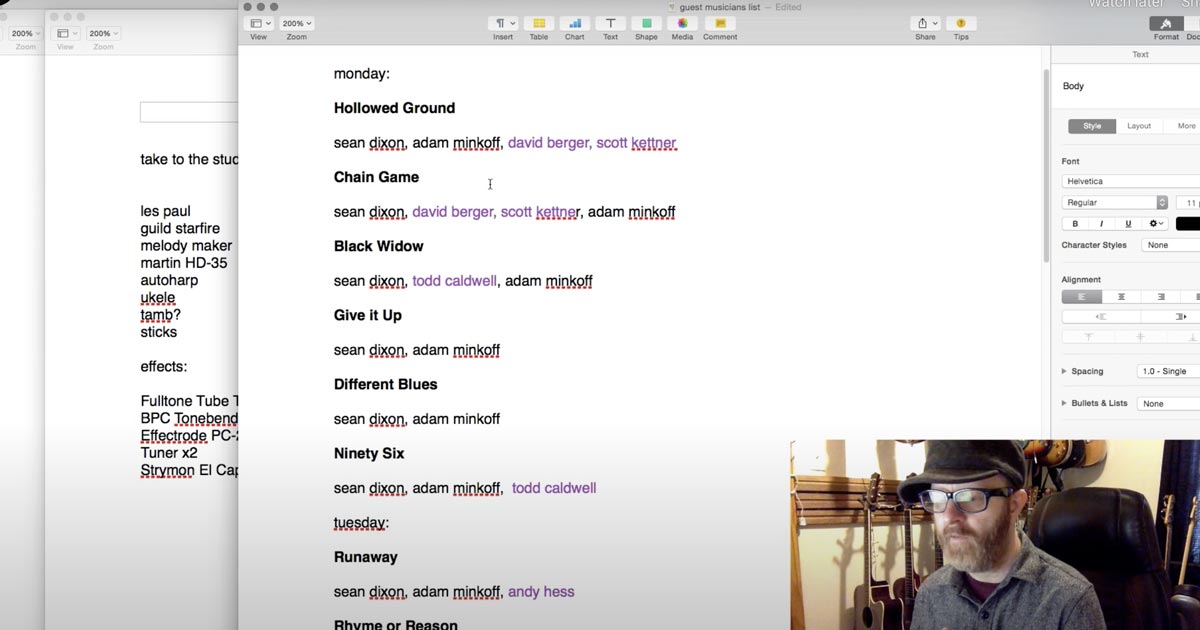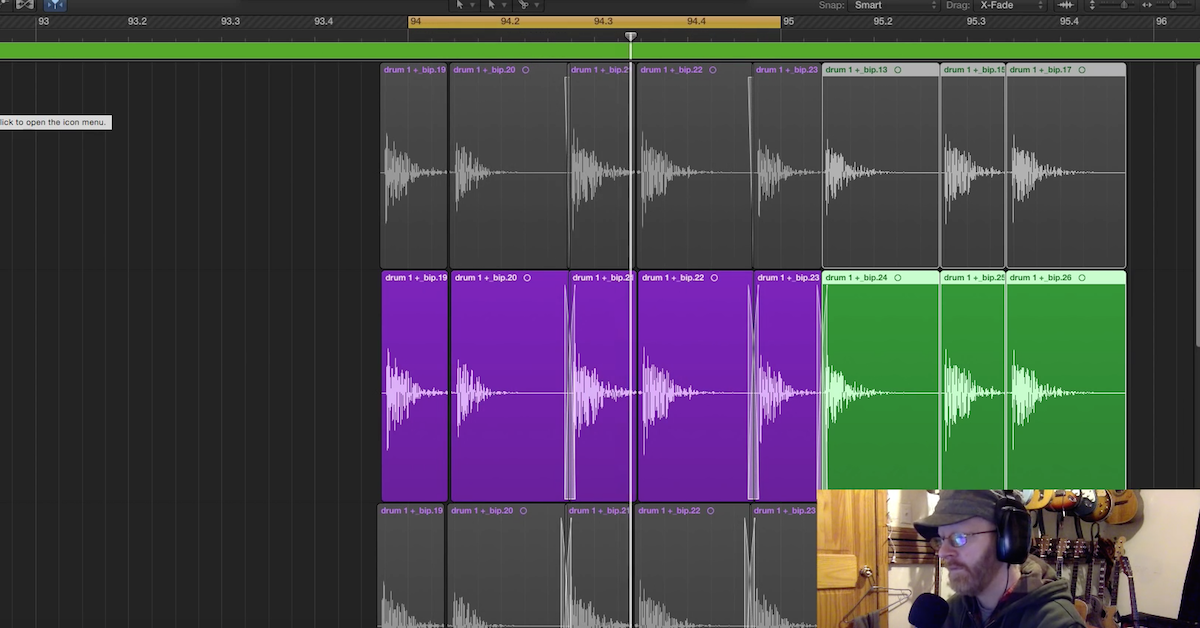6 Essential Traits of a Great Session Drummer
Article Content
1. Feel
Having great timing isn’t just about playing with a click track. That’s only step one. Steps two through 10,000 are about time manipulation (i.e., how you push and pull with the click track). This is an even more important skill, what many call, “feel.”
You’ll need to develop a close relationship with 8th notes and 16th notes. Swing comes from adjusting how close together or how far apart those notes are from each other. But swing isn’t just for jazz, and quantizing perfectly to the grid doesn’t equal great feel.
I suggest you get deep into the feel and the intricacies that make each feel unique. This will be a lifelong journey.
2. Arrangement
A great session drummer has a good scope of the song’s arrangement. They consider each verse and chorus, and how they are going to transition in and out from those sections.
They don’t just play random fills and crashes. They think about how each fill and crash will compliment the song. This seems obvious, but you’d be surprised how many inexperienced session drummers miss this.
So, be a drummer who gets the big picture. Get an overview of the song as quickly as possible, which means starting with bars, and section lengths. After all, how are you going to build sections and transitions effectively if you don’t know how long they last?
Start by listening to the song from the control room. (Take notes if you can’t remember.) Don’t just play, listen first. This will make gluing the song together so much easier when you’re behind the kit.
3. Time Keeper
You may be on a live tracking session without a click track. One thing I’ve been impressed with from great drummers in these circumstances is their document of time.
Have a metronome behind the kit. Take note of the song’s starting tempo. Does the bandleader start the next version 2 bpm faster? You should know and say so. Is it intentional, or is adrenaline taking off? Document time.
The drummer is the keeper of time. In a live tracking situation, it’s important to at least start the song at the desired tempo.
4. Tuning
These days, many sessions can’t afford a drum technician. That means you, the drummer, have to tune the drums and make all the adjustments.
So, knowing how to tune drums appropriately for the session’s style is very important.
If, for example, you’re getting hired to play on an old school soul session, the producer is expecting you to have knowledge of that style of tuning. You should know how to get an Al Jackson Jr. sound, not just feel!
This means you have to research and study. You don’t have to learn to tune for every style, just focus on the ones you know well. Play to your strengths.
And you can’t assume the studio will provide an appropriate sounding kit, so bring a few snares and cymbals. You should even ask about drum sizes and bring extra drum heads you know will work for the style. Make everyone else’s job easier so they can be excited about the session and not busy troubleshooting.
Get details before the session about the tones they want. If you walk in knowing the style and the tuning, you’ll definitely get more work. Details show that you care and that you’re dedicated to your work. I mention this because it’s a weak spot for many drummers.
5. Setup
Engineers are going to put mics in weird places from time to time. They might even ask you to move drums or hardware around to positions out of your comfort zone.
You have to get used to it. If they’re an experienced engineer, they’re pretty unlikely to ask for something ridiculous (unless for special effects or extreme circumstances).
Most often it’s cymbal height to prevent crashes from bleeding into the toms. Or, it’s hi-hat height to prevent hats from bleeding into the snare. So, get used to moving all your cymbals around. Sometimes, you need to do some mic placement trickery to make things sound natural.
Don’t get defensive when someone sticks a mic on a snare in a place you’re not used to. Adapt!
6. Balancing Act
You may need to adjust the hitting power of your limbs. Depending on the desired sound of the recording, you may be asked to hit the snare really hard, but hit the hi-hats softly. Many variables can come up.
It’s important to have enough mind control to make these adjustments on the fly. This falls into the “don’t get defensive” category, too. In general, though, avoid hitting cymbals hard on sessions.
These are a few overall points to consider when digging into the world of session drumming.





